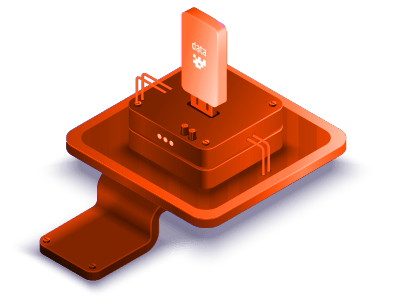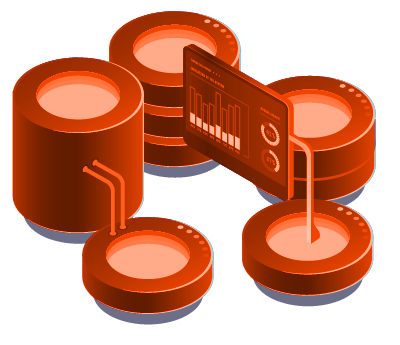Add On: Crime Reports
Crime Reports
Why are crime reports important?
How are crime reports made?
Types of data in crime reports
Different types of data can be included in crime reports. The type of data that is included in a report will depend on the incident and the jurisdiction. Some of the most common types of data that are found in crime reports include the following:
Not all crime reports will include all this information. For example, if there is no known suspect, then their name and contact information will not be included in the report. Similarly, if there were no witnesses or victims, then their names would not be included either. The report will only include information that is relevant to the specific incident.
In some cases, additional information may be included in the report as well. This could include a narrative description of what happened, photos or videos from the scene, or a copy of any relevant documentation (e.g., a restraining order or previous police report). This additional information can help investigate the incident and bring charges against the perpetrator.
The different types of crime reports
Incident reports:
An incident report is filed when an officer responds to a call for service, like a domestic disturbance or a burglary in progress. The officer will document what happened at the scene, including any witness statements and evidence collected. This information is then used to determine if a crime was committed and, if so, what type of crime it was.
Arrest reports:
An arrest report is filed when an officer makes an arrest. The report will include information on the suspect, the charges, and any evidence collected. This information is then used to prosecute the suspect in court.
Crime scene reports:
A crime scene report is filed when an officer arrives at a crime scene. The report will document the location of the crime scene, any evidence found there, and any potential witnesses. This information is then used to help solve the crime.
Types of crime reports in the USA
There are three main types of crime reports in the USA: the Uniform Crime Report (UCR), the National Incident-Based Reporting System (NIBRS), and the Supplementary Homicide Report (SHR). Each type of report tracks different aspects of criminal activity and provides different levels of detail.
Uniform Crime Report (UCR):
UCR is a compilation of data from law enforcement agencies across the United States. The UCR includes information on seven major crime categories: murder, rape, robbery, aggravated assault, burglary, larceny-theft, and motor vehicle theft. The UCR is published by the FBI and is used by law enforcement agencies to compare crime rates.
National Incident-Based Reporting System (NIBRS):
NIBRS is a more detailed version of the UCR. In addition to the seven major crime categories tracked by the UCR, NIBRS also includes data on 21 minor offense categories, such as simple assault and fraud. NIBRS data are submitted voluntarily by law enforcement agencies; as of 2016, only about 20% of agencies nationwide were participating in NIBRS.
Supplementary Homicide Report (SHR):
SHR is a supplement to the UCR that contains detailed information on homicide incidents reported to the police. The SHR includes information on the victim(s), offender(s), relationships between victims and offenders, weapons used, and circumstances surrounding the incident. The SHR is also published by the FBI.




